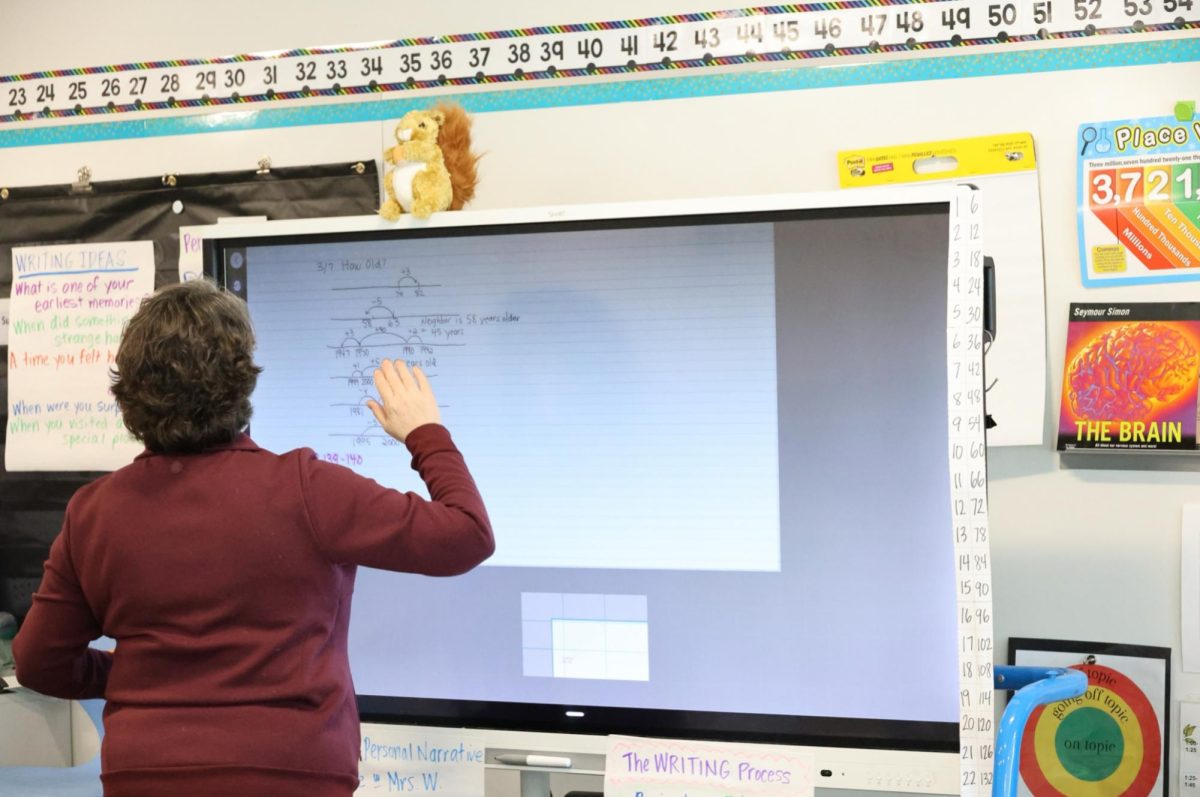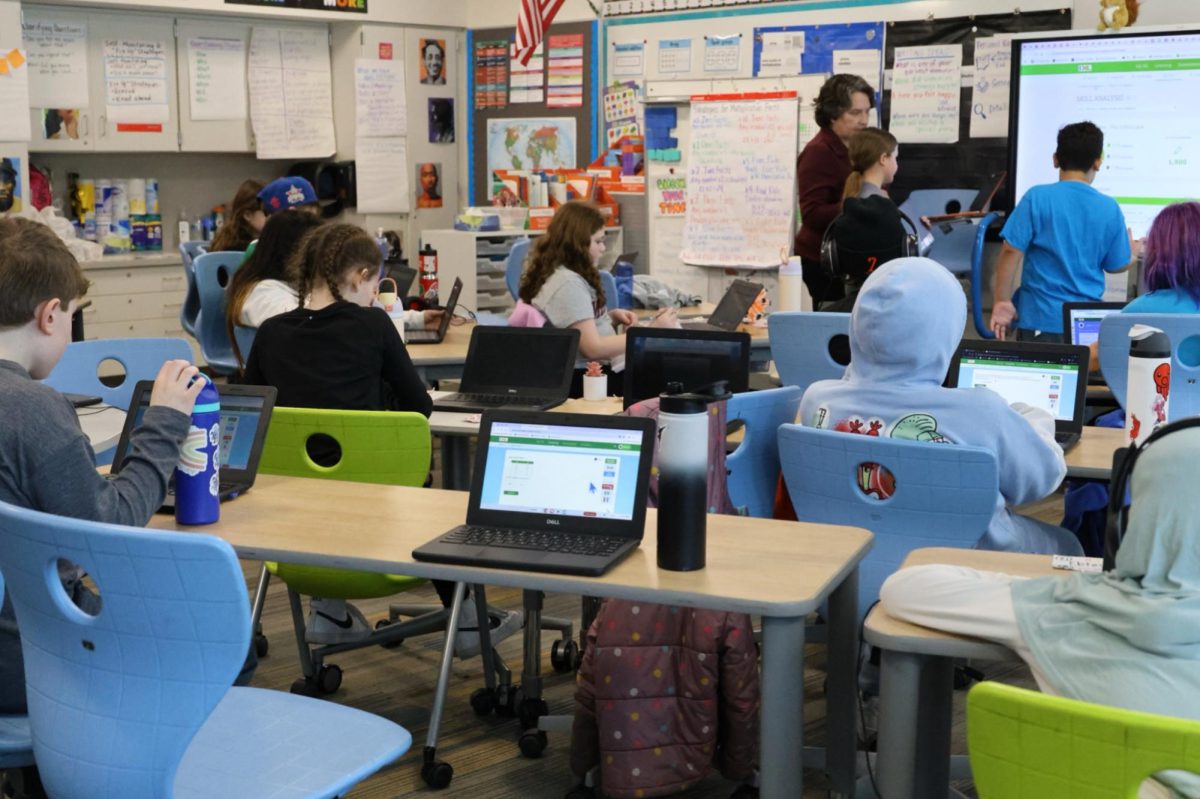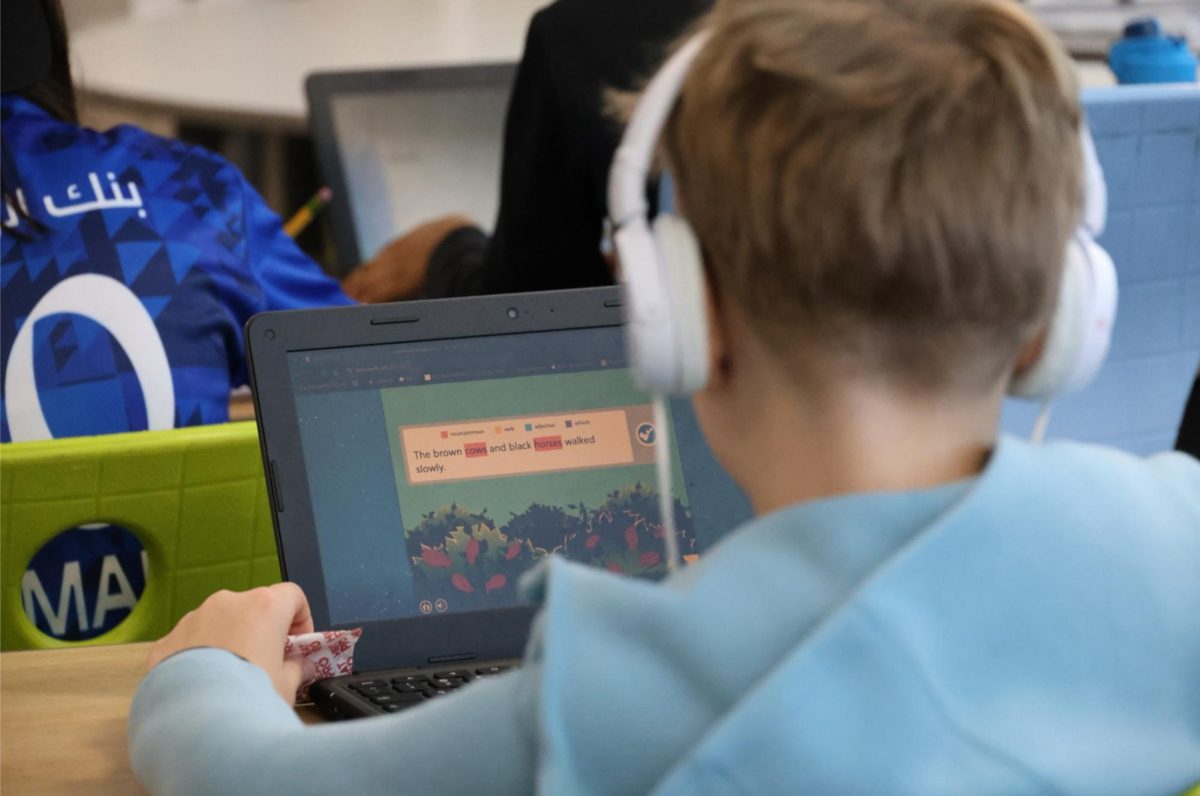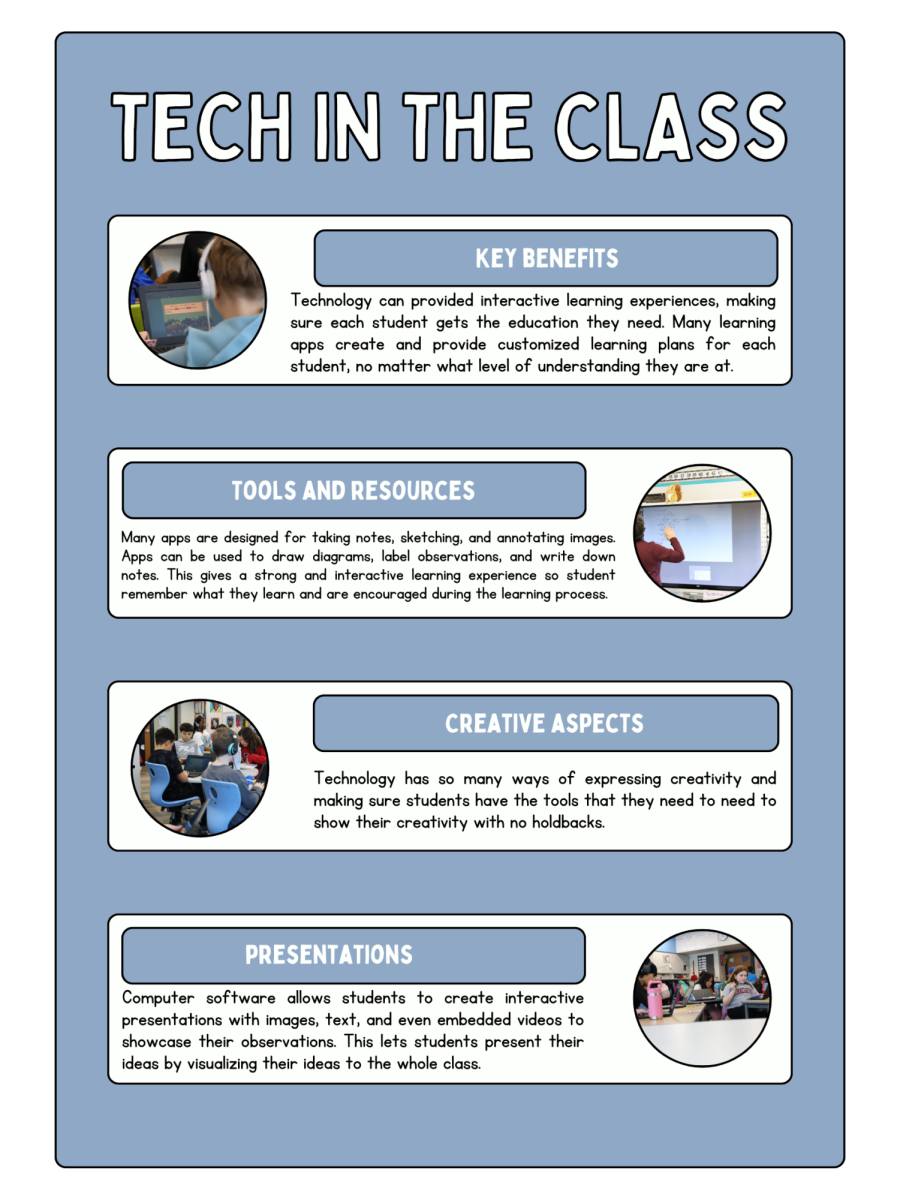The Advantages of Technology in the Classroom
Introduction
In today’s world, every corner you turn and everywhere you look you will find some kind of technology, whether it’s an iPhone, computer, or a tv, they are all around us. This article will focus on the use of technology in the classroom, specifically in youth and how they use it to improve their learning experience.
Tech Learning Tools
With tools like smart boards, laptops, and tablets, technology can truly transform how students learn. Smart boards turn traditional lessons into interactive ones, inviting students to jump in and participate. Laptops make endless information accessible at their fingertips, encouraging research and creativity. Educational apps provide unique learning experiences, ensuring that learning is maximized and efficient.
Enhanced Creativity and Learning
One of the best parts of bringing technology into the classroom is how it increases creativity and learning. Digital tools allow students to explore their ideas in many ways, whether through presentations, videos, or projects. This not only keeps learning interesting but also builds skills like critical thinking and communication skills. Plus, with online resources, students can explore beyond the textbook, uncovering almost infinite information.
Preparing for the Future
As we step further into the future, the education of our next generations becomes the main priority. Schools that use technology are setting students up for success for if and when they enter the workforce. It also promotes versatility, teaching students to embrace change as part of their journey.
Conclusion
In conclusion, technology in the classroom offers many benefits for the youth. By utilizing technology, boosting creativity, and preparing for the future. We should embrace these changes and create a world where technology and education coexist to inspire our future generations.
Learning with Technology
In today’s education, technology plays a big role in helping students learn and grow effectively. With the use of interactive apps and customizable learning plans, technology offers many advantages.
Advantages of Technology
- Engagement: Interactive tools, like tablets and apps, help students stay engaged and creative, and loving what they are doing.
- Accessibility: Students at any level can take advantage of resources that create lessons for them whether they are very advanced or need some extra help, making sure that everyone gets the learning that they need and is right for them.
- Efficiency: Teachers can do whole class lessons with tools like a SMART board, saving time and educating the whole class at the same time, killing two birds with one stone.
Personalized Learning Plans

- Personalized Lessons: Learning platforms like IXL can adjust difficulty depending on the students level of understanding, offering a challenge to higher end students, while supporting those who need extra help.
- Instant Feedback: Students can receive immediate feedback on their progress, letting them know what they need to work on and encouraging them to improve.
- Adaptive education: With the use of technology, teachers can see statistics on their students, letting them know which students need extra help and which are ready for some more advanced work.
With the use of technology in elementary classrooms, personalized learning tools help students to make sure they are learning at their own speed and level. As technology continues to develop, the potential of using it to educate our next generations increases. Technology is proving to give us a brighter future for education and our nation.

The Role of Technology in the Classroom
Technology has significantly changed the way students learn. In modern classrooms, technology helps keep students more engaged, and creates personalized experiences for every student. By using technology, students can access almost endless information at their fingertips, have little creative limiters, and get extra support when needed.
Key Benefits
One of the biggest advantages of technology is that it makes learning interactive. Instead of just reading from textbooks, students can watch videos, play educational games, and participate in whole class lessons. This keeps students interested and engaged.
Technology also makes it easier for teachers. Some students learn best by listening, while others prefer hands-on activities. Technology offers many different learning methods, including videos, audio recordings, and interactive apps, making it possible for students to choose works best for them.
Another benefit of technology is instant feedback. With traditional learning, students often have to wait days or even weeks for a grade, however technology can give immediate feedback. This helps students correct their mistakes quickly and shows them how they can improve.
Personalized Learning
Every student learns at a different pace, and technology helps students learn no matter what level they are at. Many apps can create customized learning plans based on the student’s level of understanding. If a student is struggling with math, science, or reading, apps like IXL can give extra help to that student if they are not understanding the material. If a student is excelling, it can provide more difficult material to make sure they are learning as much as possible.
Additionally, students who need extra support with writing can use tools like text-to-speech, or closed captions. These tools make sure every student has an equal chance, no matter their learning capabilities.
Technology also allows students to learn beyond the classroom. Having access to the internet gives students almost endless information at their fingertips, letting them research topics in depth. This helps them learn about almost any topic without limitations.
Conclusion
Technology is becoming an important part of learning. It makes lessons more engaging, gives quick and accurate feedback, and helps students learn in ways that work best for them. Teachers can use technology to create a more engaging and productive classroom. Technology is a growing tool in the classroom, transforming the way students learn and engage with their class material.









